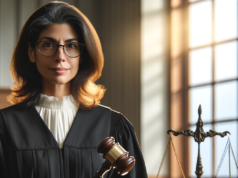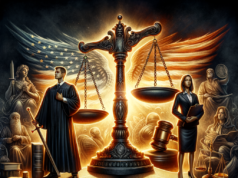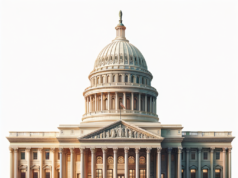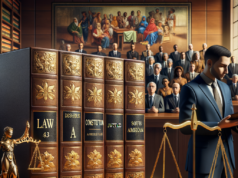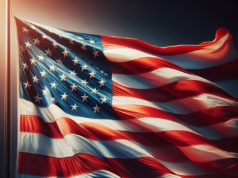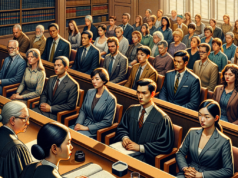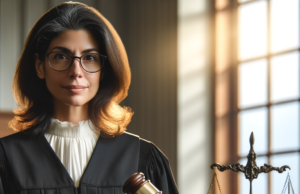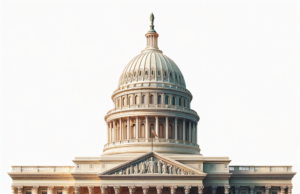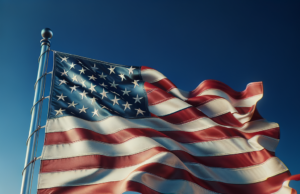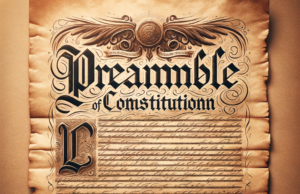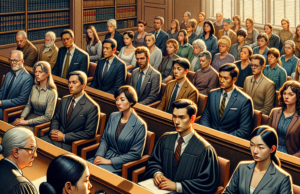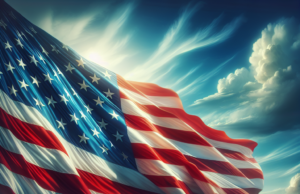Contents
- 1 Understanding the Historical Context of Gun Ownership Rights in America
- 2 The Second Amendment: Interpretations and Implications for Gun Rights
- 3 The Role of Advocacy Groups in Shaping Gun Ownership Legislation
- 4 Analyzing the Impact of Gun Control Measures on Crime Rates
- 5 Public Opinion: The Divided Perspectives on Gun Ownership and Regulation
- 6 Future Trends: The Evolving Landscape of Gun Rights and Legislation
The debate surrounding gun ownership rights in America is a complex and contentious issue that has evolved over centuries. As mass shootings and gun violence continue to dominate headlines, the conversation surrounding the Second Amendment and its implications has intensified. This article seeks to explore the historical context of gun ownership rights, the interpretations of the Second Amendment, the influence of advocacy groups, the impact of gun control measures on crime rates, public opinion on the matter, and the future trends that may shape the landscape of gun rights and legislation.
Understanding the Historical Context of Gun Ownership Rights in America
Gun ownership in America has deep historical roots, tracing back to the colonial era when firearms were essential for survival and defense. The early American settlers relied on guns for hunting and protection against both wildlife and potential threats from other nations. This necessity laid the groundwork for a cultural affinity towards firearms, which was further solidified by the Revolutionary War. The Founding Fathers recognized the importance of an armed populace in safeguarding liberty and resisting tyranny, leading to the inclusion of the right to bear arms in the Bill of Rights. Over time, this historical context has shaped the national identity surrounding gun ownership, creating a complex interplay between individual rights and societal safety that continues to evolve.
The Second Amendment: Interpretations and Implications for Gun Rights
The Second Amendment of the United States Constitution states, “the right of the people to keep and bear Arms, shall not be infringed.” However, the interpretation of this amendment has been a source of significant legal and political debate. Some argue that it guarantees an individual’s right to own firearms for personal use, while others contend that it was intended to ensure the collective right of states to maintain militias. Landmark Supreme Court cases, such as District of Columbia v. Heller (2008) and McDonald v. City of Chicago (2010), have affirmed the individual right to bear arms, yet the ongoing debate over the scope of this right and its limitations continues to fuel discussions on gun control and public safety.
The Role of Advocacy Groups in Shaping Gun Ownership Legislation
Advocacy groups play a pivotal role in shaping the legislative landscape surrounding gun ownership rights. Organizations such as the National Rifle Association (NRA) and Everytown for Gun Safety represent opposing viewpoints in the gun rights debate. The NRA has historically championed the rights of gun owners, lobbying against restrictive gun laws and promoting firearm education and safety. Conversely, Everytown for Gun Safety advocates for stricter gun control measures, emphasizing the need for regulations to prevent gun violence. These organizations mobilize public opinion, influence policymakers, and engage in grassroots campaigns, making them key players in the ongoing struggle over gun ownership rights and legislation.
Analyzing the Impact of Gun Control Measures on Crime Rates
The effectiveness of gun control measures in reducing crime rates remains a contentious topic among policymakers and researchers. Proponents of gun control argue that stricter regulations, such as background checks and assault weapon bans, can lead to lower rates of gun violence and crime. Studies have shown that states with more stringent gun laws often experience fewer gun-related deaths. However, opponents contend that such measures infringe on individual rights and do not necessarily correlate with reduced crime rates. They argue that criminals, by definition, do not adhere to laws, and therefore, gun control measures may disproportionately affect law-abiding citizens. The ongoing debate underscores the complexity of establishing a direct link between gun control and crime reduction.
Public Opinion: The Divided Perspectives on Gun Ownership and Regulation
Public opinion on gun ownership and regulation is starkly divided, reflecting deep-seated cultural, regional, and political differences. Surveys consistently reveal that while a significant portion of the American population supports certain gun control measures, such as universal background checks, there remains a strong commitment to the right to bear arms. This division is often influenced by factors such as geographic location, with urban areas typically favoring stricter regulations, while rural communities emphasize the importance of gun ownership for personal safety and tradition. The polarized nature of public opinion complicates efforts to enact comprehensive gun legislation, as lawmakers must navigate the competing interests of constituents who hold fundamentally different views on the issue.
Future Trends: The Evolving Landscape of Gun Rights and Legislation
As the conversation around gun ownership rights continues to evolve, several trends are emerging that may shape the future landscape of gun rights and legislation. The increasing prevalence of mass shootings and gun violence has prompted calls for more robust gun control measures, leading to a growing movement among lawmakers and advocacy groups for reform. Additionally, advancements in technology, such as smart guns and tracking systems, may influence the way firearms are regulated and owned. Furthermore, the rise of social media has transformed how advocacy groups mobilize support and disseminate information, potentially impacting public perception and legislative outcomes. As these trends unfold, the ongoing dialogue surrounding gun ownership rights will likely remain a focal point in American society.
The landscape of gun ownership rights in America is marked by a rich historical context, complex legal interpretations, and a passionate discourse among advocacy groups and the public. As the nation grapples with the implications of gun violence and the need for regulation, understanding the multifaceted nature of this issue is crucial. The future of gun rights and legislation will depend on the ability of stakeholders to navigate these challenges while respecting the rights of individuals and prioritizing public safety. As the debate continues, it is clear that the conversation surrounding gun ownership will remain a critical aspect of American life.


